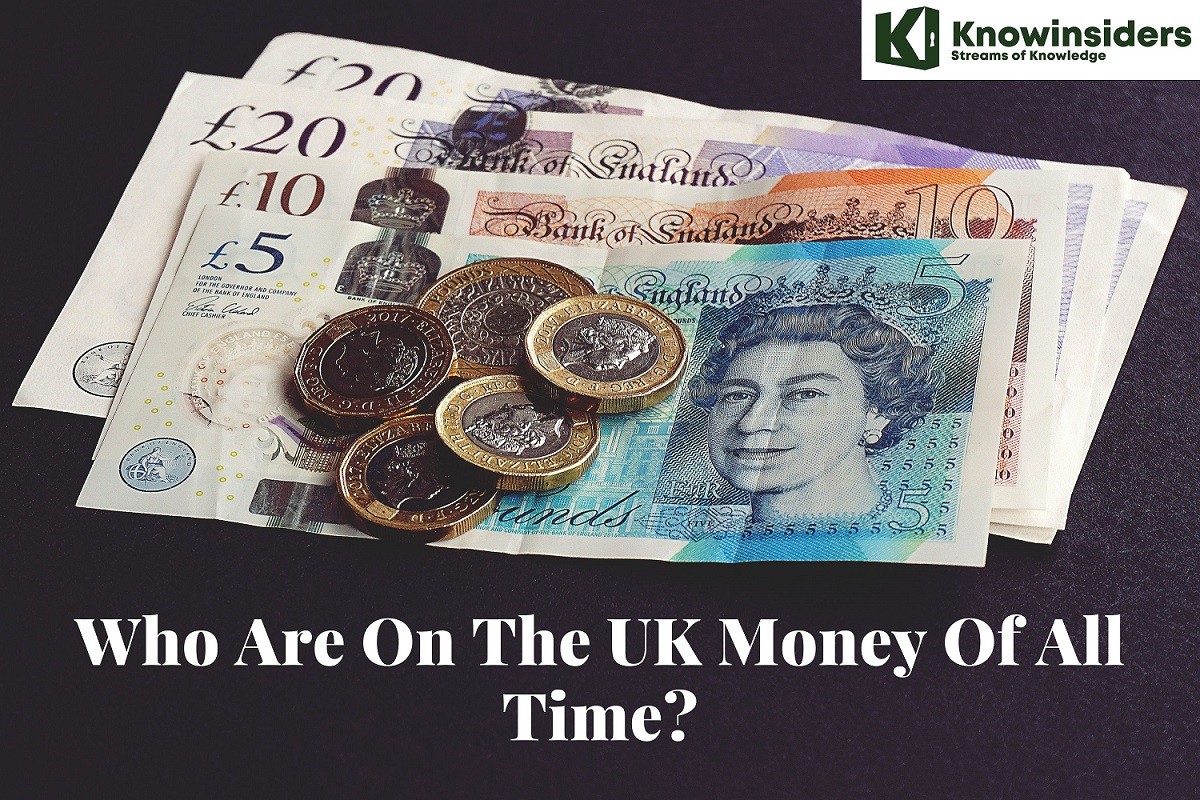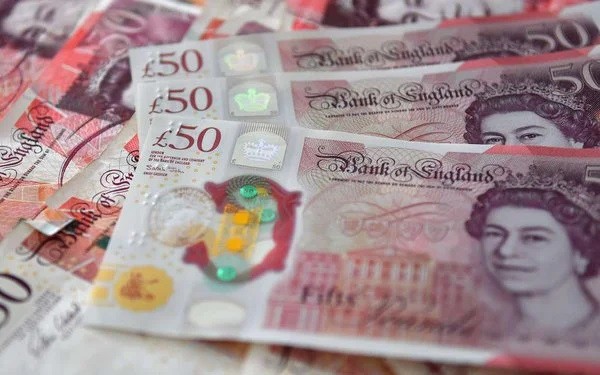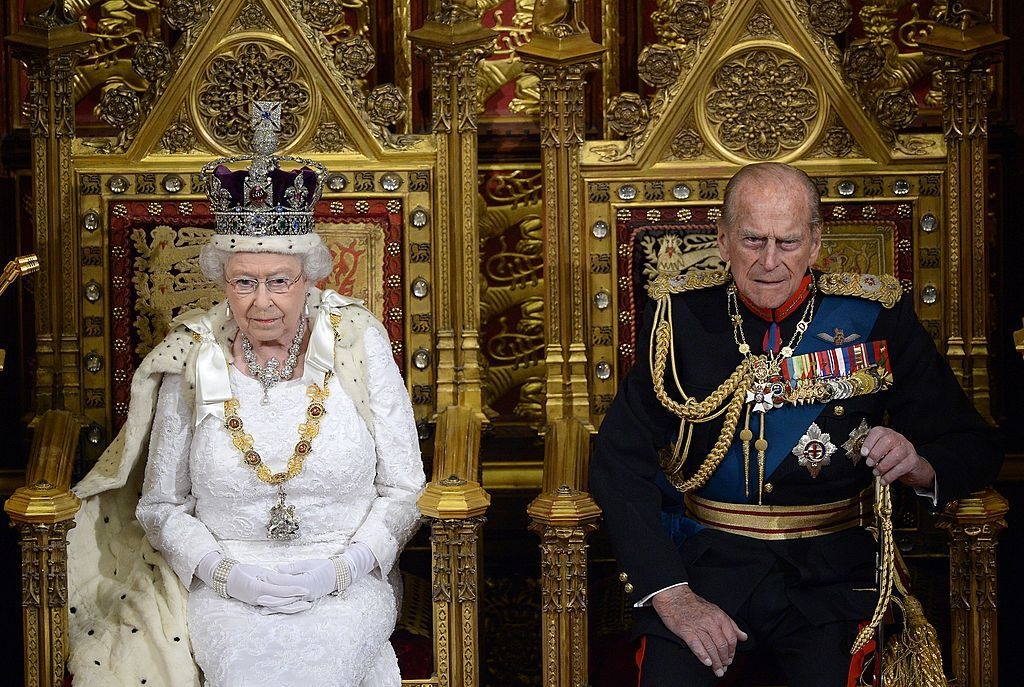Who Are On Australian Banknotes and Coins
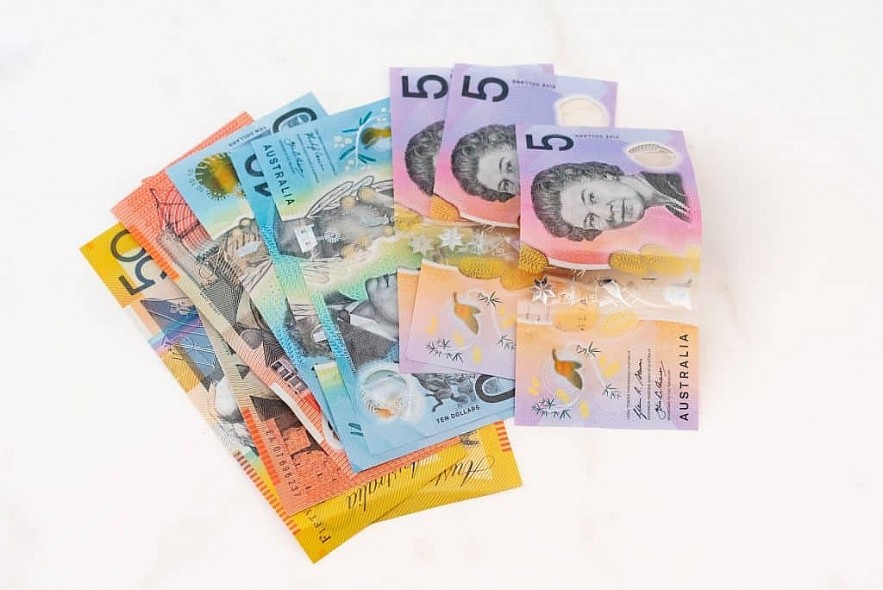 |
| Who Are On Australian Money Of All Time. Photo tourtogo |
Australia is one of many countries having Queen Elizabeth II’s face on their banknotes and coins. Who else appear on Australian money?
History of Australian Money
When the first fleet sailed into Australia, it was decided that no money was needed because the only people living there were prisoners and soldiers. No matter how many spills and losses there were, rum became one of the first forms of money in the first 25 years. It might have been fun to work in a bank!
In 1813, Australia's first coins were the Holey Dollar and the Dump. The middle of a Spanish dollar was punched out to make them, and then they were stamped with new values that made them useless in other countries.
In 1910, nine years after Federation, Australia's first silver coins were made public. Australian half pennies and bronze pennies came out the next year, and the country's first notes were printed in 1913. Instead of pounds, shillings, and pence, dollars and cents were used as money in 1966.
Australia makes the best coins and bills in the world right now. In 1988, it was the first country to use polymer banknotes. However, paper notes were still used until 1996. Notes of different amounts are a different size and color. On every Australian dollar note, there is a picture of a famous Australian or an important person who is very important to Australia.
| • The Australian dollar was divided into 20 shillings and these into 12 pennies. • Since 1998 banknotes are made in a polymer in order to ensure durability and avoid counterfeit. • The series banknotes of Australian dollar issued between 1992 and 1996 was the first one ever in being printed in polymer substrate instead of paper. • Polymer banknotes last longer than those in paper, are cleaner and more hygienic and can be recycled at the end of their use life to convert them in plastic products. |
Australia developed the world’s first plastic bank note
Australia was the first country to use plastic money, also called polymer money, because paper money always fell apart and needed to be replaced. An awful lot of other countries have switched to polymer banknotes as their money since then.
The life of polymer notes is four times longer than that of paper notes. When you consider that our polymer invention makes fake money harder to make, it looks like it could be the future of printed money. However, countries like the US seem to be stuck on paper money (they even keep their 1 cent coin).
Putting cash through the washing machine, which used to be a common way to ruin good money by accident, won't hurt plastic notes. A lot of people want to know if the plastic notes can handle the heat of an iron. The short answer is yes, but only at a moderate level. Like any other plastic, it has a melting point. Wilson says this is a surefire way to waste all your money.
Who are on Austrlian banknotes?
Australian $5 note - Queen Elizabeth II
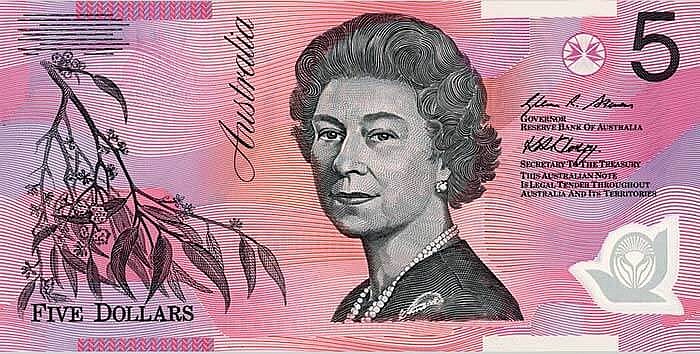 |
| Photo Reserve Bank of Australian Banknotes |
At the moment, the $5 note is the only bill that doesn't have a real person on both sides. On one side is a picture of Her Majesty Queen Elizabeth II, and on the other is a picture of Australia's capital, Canberra's Parliament House.
The Reserve Bank ordered a portrait of Queen Elizabeth II in 1984, but it didn't show up on the first polymer $5 note until 1992. It is displayed next to a small branch of eucalyptus.
There are architectural drawings of both the Old and New Parliament Houses, as well as an aerial view, on the back of the $5 bill.
The picture shows a new, colorful, and safer $5 bill that came out in September 2016. It is slightly different from the original polymer notes.
What Happens To Australian Coins And $5 Banknotes Now That Queen Elizabeth II Has Died?Tradition says that the head of the monarch on coins should now face the other way, or left in our case. As is usual, there will probably be a second competition to choose the design as well. On the other hand, the Royal Australian Mint has said that it will follow the rules set by Buckingham Palace. The monarch on the $5 bill is also likely to change, but the Royal Australian Mint is still waiting for orders. An RBA spokesperson told the ABC that all Australian bills issued after 1913 are still valid as money. In the event that a new bill were to be printed because the monarch changed, the $5 bills that are already in circulation could still be used. |
Australian $10 note
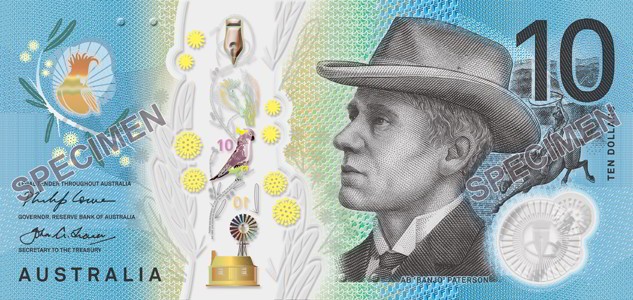 |
| Photo Reserve Bank of Australian Banknotes |
It was in 1864 that Andrew Barton Paterson, the poet who wrote "Waltzing Matilda" and "The Man from Snowy River," was born in Narrambla, New South Wales. He died in 1941.
As a child in the Yass district of New South Wales, Banjo was fascinated by the world of stockmen and drovers that was all around him. This would later play a big part in his poetry. After finishing school, he became a lawyer in Sydney in 1875.
To the Australian Troops, El Mahdi was his first poem. It was published in The Bulletin in February 1885. He wrote under the name "The Banjo," which came from the racehorse that belonged to his family.
A lot of people liked Banjo's poetry. Before his first book of poetry, The Man from Snowy River, and Other Verses, came out in 1895 and sold out in less than a week, no one knew who Banjo was. This made him a well-known poet.
Banjo's main audience was people in cities, since he lived in cities for most of his life. His poems and ballads made the bushman and country life into mythical figures, and they still do today. They show how determined and tough the colony was in the face of hardship and an unforgiving environment. Banjo changed into a tough guy like the working-class men in his poetry. He worked hard as a lyricist and folk poet.
The AB "Banjo" Paterson and Dame Mary Gilmore poets are shown on the $10 bill. The $10 bill is different from other bills because it has excerpts from the works of the two poets who are on it that you won't find on other bills.
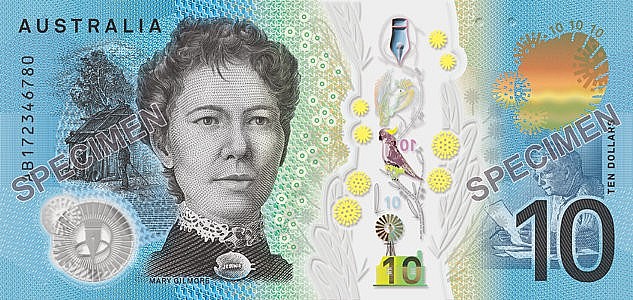 |
| Photo wikipedia |
From 1865 to 1962, Dame Mary Gilmore was a writer and journalist who was also a strong opponent of poverty and unfairness. She wrote poetry too. Many unfair things were fought against by her, such as women not being able to vote, mistreatment of Indigenous Australians and the poor, changes to pensions for the elderly and disabled, child endowments, and better care for veterans returning from war. A part of one of her poems, "No Foe Shall Gather Our Harvest," is on the $10 bill. She wrote these poems under different pen names.
READ MORE: Top 15+ Interesting Facts about Australia
Australian $20 note
Mary Reibey
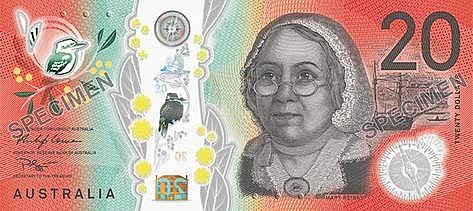 |
| Photo Wikipedia |
Dame Mary Gilmore was a writer and reporter who lived from 1865 to 1962. She also fought hard against poverty and injustice.
Her writing was also good. She led a campaign against many wrongs, such as not letting women vote, mistreating Indigenous Australians and the poor, changing child endowments, not giving pensions to the elderly and disabled, and not giving returning service members better care. Her poem "No Foe Shall Gather Our Harvest," which she published under a number of different pen names, has a line from it on the $10 bill.
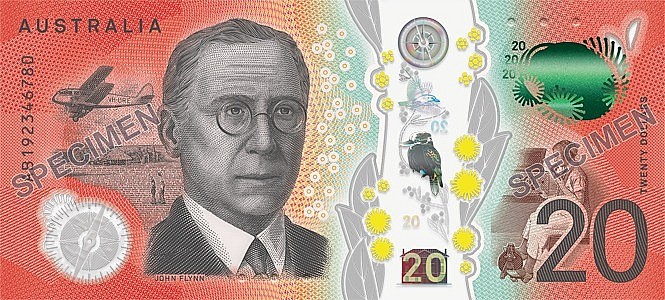 |
| Photo Reserve Bank of Australian Banknotes |
Reverend John Flynn (1880–1951) started the first air medical service in the world. These days, his work is known as the Royal Flying Doctor Service, which you may already know. After helping to set up the Presbyterian Church's Australian Inland Mission, Flynn realized that people in inland Australia needed to be able to get medical care right away. So, he had to get past a lot of problems to set up the air medical service and the radio communications that went with it. Victory is another picture on the note. It is a DeHavilland 50 plane that was used on the first flight of the service in 1928.
Australian $50 note
David Unaipon
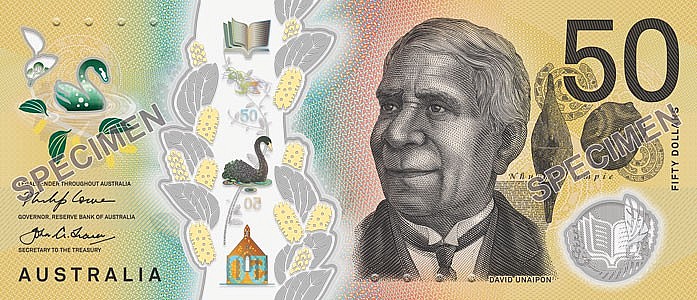 |
| Photo Reserve Bank of Australian Banknotes |
David Unaipon, an Indigenous author and inventor, is shown on the $50 bill next to Edith Cowan, who was Australia's first female parliamentarian.
For his work in science, David Unaipon (1872–1967) was known as an inventor, author, and public speaker. Even though the Ngarrindjeri man only had a basic education, he was able to do important research and come up with many new ideas. One of these is a much better tool for shearing sheep, which is shown on the note that was brought with him.
An added bonus is that Unaipon was the first Indigenous Australian writer whose work was published. She also wrote Native Legends, a book published in 1929, as well as articles for newspapers and magazines.
Besides that, he was a strong supporter of giving Indigenous people better places to live.
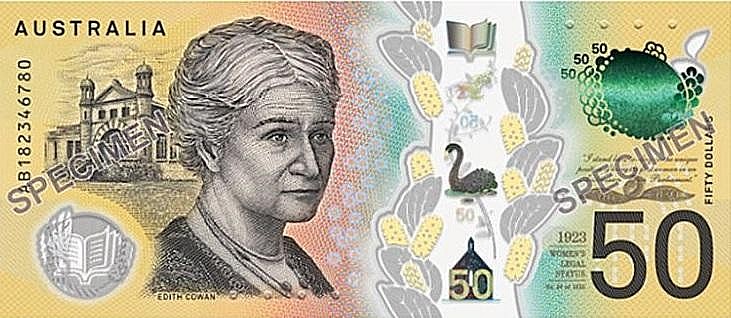 |
| Photo Reserve Bank of Australian Banknotes |
Edith Cowan, who lived from 1861 to 1932 and was a social worker and feminist, was Australia's first woman politician. Cowan strongly pushed for and worked for changes that would help immigrants, women, and children. The Children's Protection Society and the Women's Service Guild would not have been possible without her help. When the Children's Court was first set up with help from the later organization, Edith was one of the first women to be appointed to the bench. It was in 1921 that Cowan was elected to the Western Australian Legislative Assembly.
Fake $50 notes have been successfully madeIf you believe that polymer plastic notes are almost impossible to fake, then the $50 note is the one that is copied the most. Still, some smart thieves have been able to make copies of the note. Most of these illegal businesses have been shut down by the police, who have also done something about these notes that were not authorized. Even though they were added in 2002, the $50 bills still have some small differences in how they look. For example, some have names printed below the portraits on the bill. The Federal Police say that to spot a "real" fake fiddy, you should scratch off the stars of the Southern Cross on the note's clear window with a coin or your fingernail. There is a very strong coating on the notes that protects the stars and makes them impossible to remove. Australian bills also have microprinting, raised ink (so you can feel the texture of the note), fluorescent ink (Wilson says you can see the number for the denomination on $20, $50, and $100 bills, as well as a square shape on $5 bills), and other security features. An ultraviolet light is all you need to see these. |
Australian $100 note
Dame Nellie Melba
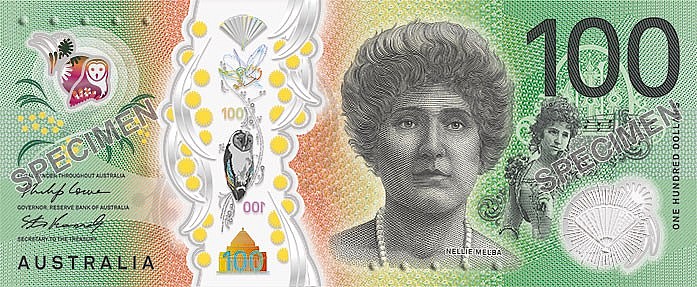 |
| Photo Reserve Bank of Australian Banknotes |
She was a famous opera singer who performed all over the world. Her soprano range was almost three octaves, and her stage name was Dame Nellie Melba. She was born in 1861 and died in 1931.
Nellie was born in Richmond, Victoria. In 1881, when her mother and youngest sister died, she moved to Queensland with her father. She would marry Charles Armstrong the next year. The marriage, which ended in 1900 with a divorce, was not fun for Nellie. She used her job as a singer to get rid of her anger.
Nellie sang in concerts in Australia, but her first opera was in Brussels, Belgium, in 1887, when she played Gilda in Verdi's Rigoletto. A famous career began with a show in Paris. Nellie lived and worked outside of Australia, but she often went back to Australia to perform. The plan for her biggest homecoming tour, which happened in 1902, is shown on the $100 bill.
She made almost 200 recordings between 1904 and 1926. After a few farewell shows all over Australia, she stopped performing in 1928. She passed away on February 23, 1931.
Sir John Monash
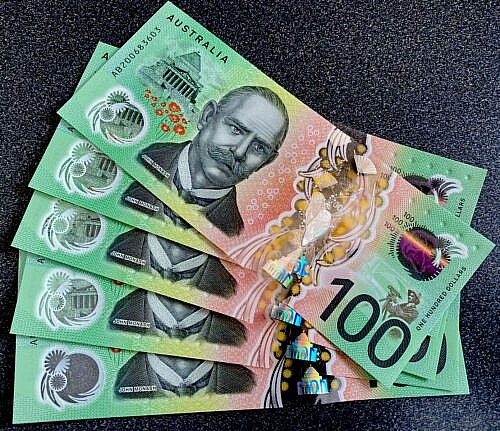 |
| Photo eBay |
Sir John Monash (1865–1931) was an engineer, in charge of a university, and a well-known military officer during World War I.
John worked hard and was smart. He went to the University of Melbourne to study law, engineering, and the arts. The ten years of schooling were over for him in 1892. John became more and more interested in a career in the military after being fired from several engineering jobs.
John was put in charge of the 4th Infantry Brigade of the Australian Imperial Force at the start of World War I after rising through the ranks of the military. From 1915 to 1917, he fought in Gallipoli.
Who are on Australian Coins?
All Australian coins come from the Royal Australian Mint in Canberra. You can carry them in your pocket, purse, or piggy bank. The "heads" side, also called the "obverse" side, is on the front of the coin. The "tails" side, also called the "reverse" side, is on the back.
There will always be a picture of the monarch on the front (heads) of the coin. Today that would be Queen Elizabeth II. This side will also have the year the coin was made and the word "Australia" written on it.
On the back, or "tails," side of each coin is a different image that is uniquely Australian.
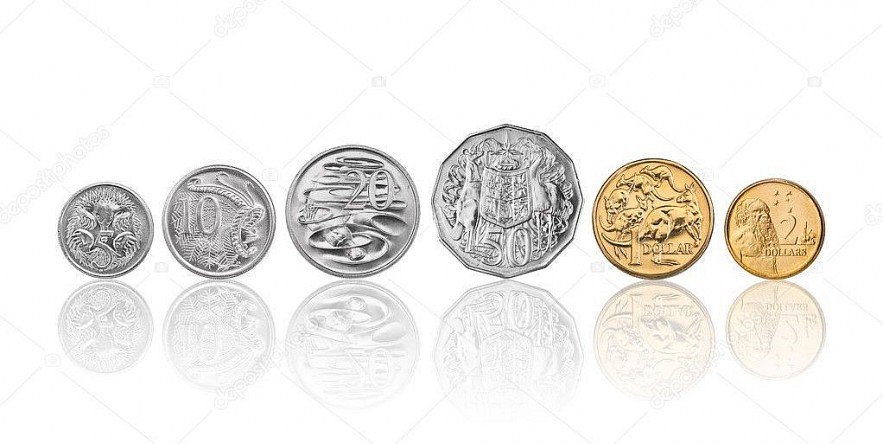 |
| Photo depositphotos |
• The five cent coin has a picture of an echidna.
• The ten cent coin has a picture of a lyrebird.
• The twenty cent coin has a picture of a platypus.
• The fifty cent coin has a picture of the Commonwealth Coat of Arms.
• The one dollar coin has a picture of five kangaroos.
• The two dollar coin has a picture of a traditional Australian Aboriginal man and the Southern Cross.
• Like the $1 coin, the $2 coin replaced a note, which wasn’t lasting long because it was used so often.
 Who Are On Canadian Money Of All Time Who Are On Canadian Money Of All Time Images on banknotes and coins of every country have their meanings. Are you curious to know what on Canadian money and what they mean? |
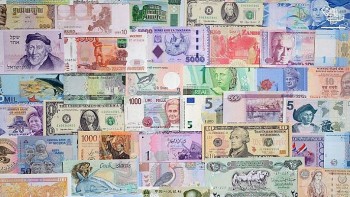 How Much Money Is There In The World How Much Money Is There In The World How much money is in the world? The answer depends on what and how you count. Read on this article to know exactly how much ... |
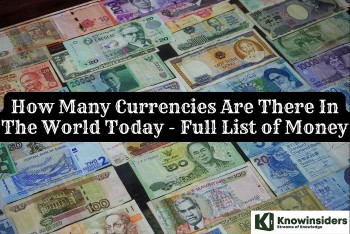 How Many Currencies Are There In The World Today - Full List of Money How Many Currencies Are There In The World Today - Full List of Money From Euro to the Dollar, from the Yen to the peso, here’s everything you need to know about the currencies of the world today. |


